Aeronautics Facilities
NASA Ames Aeronautics has an extensive array of facilities for developing and evaluating numerous aspects of aeronautics technologies. The effectiveness of these facilities has been demonstrated over decades, and they are continuously upgraded to meet the demands of modern aviation.
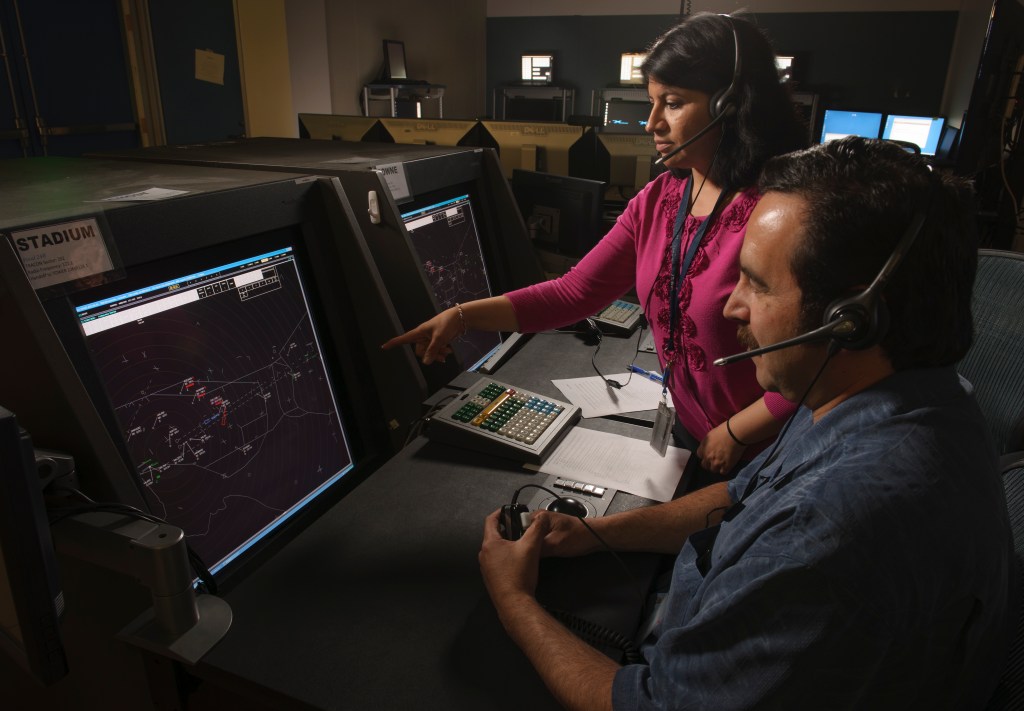
Air Traffic Control (ATC) Simulation Laboratory
The Air Traffic Control (ATC) Simulation Laboratory contains several air traffic control and pseudo-pilot workstations to provide NASA with an integrated environment for operating and testing new air traffic management concepts that will be safer, greener, and more efficient.
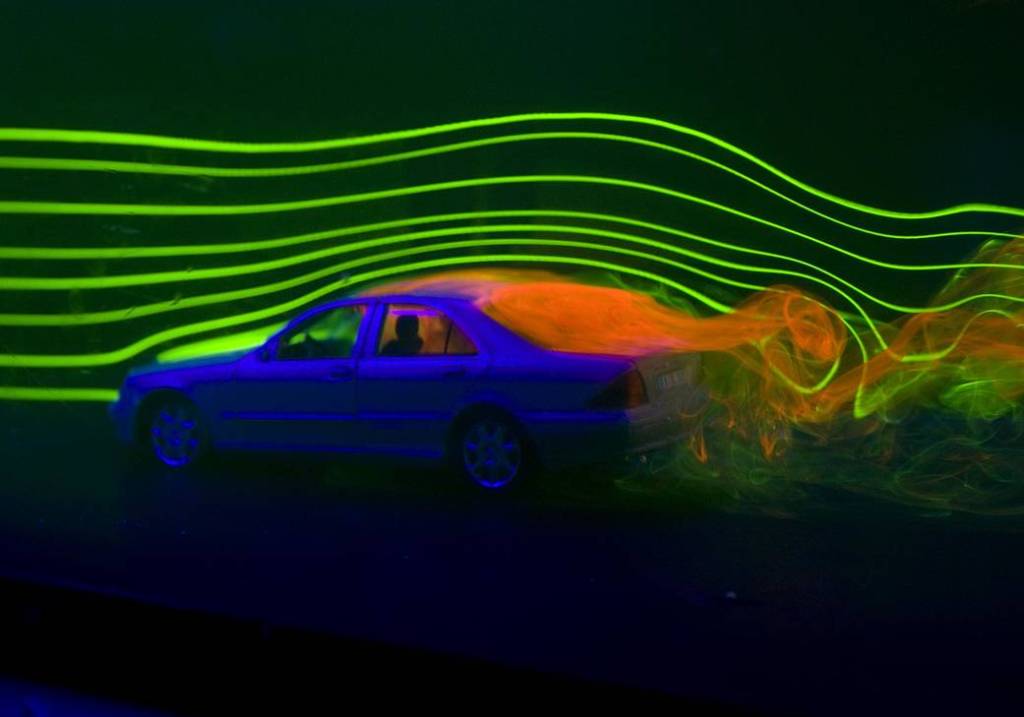
Fluid Mechanics Laboratory (FML)
The Fluid Mechanics Laboratory (FML) is home to several experimental facilities, including small-scale subsonic wind tunnels, a low-speed water channel, and a laser optics lab. The purpose of the FML is to enable various visualization techniques to optimize the design of aircraft and allow for more efficient, cost-effective vehicles. The FML includes technology advances such as evaluations with pressure-sensitive paint for 21st century wind tunnel environments.
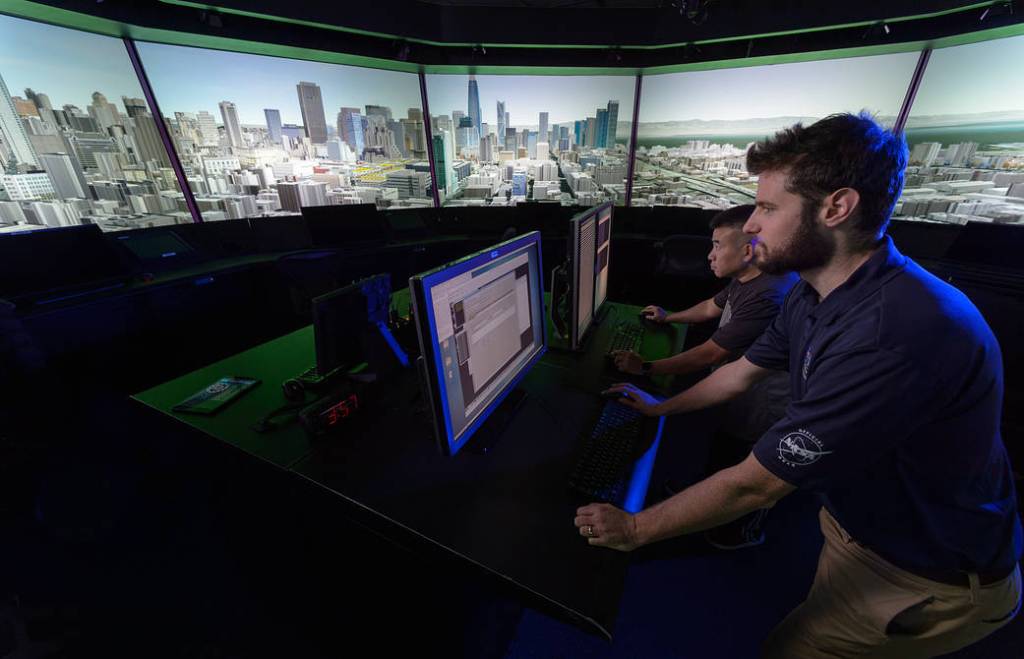
Future Flight Central (FFC)
Future Flight Central (FFC) is a full-scale, real-time visualization facility with a virtual 360-degree view that can represent vertiports and urban air mobility (UAM) environments.
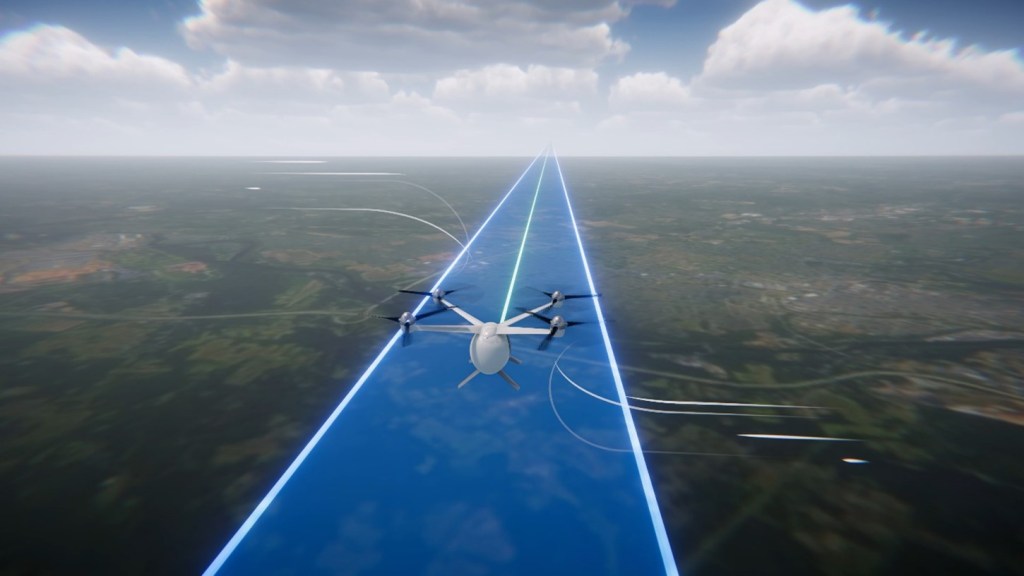
Vertical Take-Off and Landing (VTOL)
The Vertical Take-Off and Landing (VTOL) facilities at Ames enable research in low-speed wind tunnels for testing of rotor characteristics that are crucial to the development of personal air taxis for urban air mobility (UAM). The VTOL facilities include wind gust systems that measure UAM vehicle performance and loads in the presence of known atmospheric gust spectra. The benefit of this type of research is a better understanding of aero-loading and vehicle responses during takeoff and approaches in urban landing sites such as vertiports.
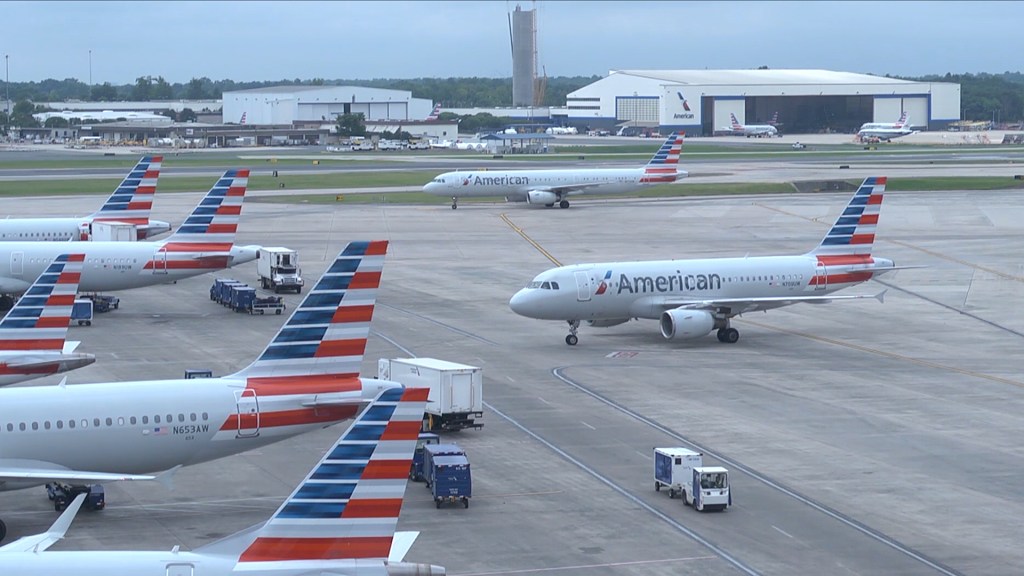
NASA North Texas Research Station (NTX)
The NASA North Texas Research Station (NTX) features a network of high-fidelity operational air transportation data and sophisticated analysis tools, and represents established partnerships with a wide range of Federal Aviation Administration (FAA), air carrier, and airport operational facilities. NTX’s unique capabilities enhance the development, evaluation, and transition of advanced concepts and technologies for the future air transportation system.
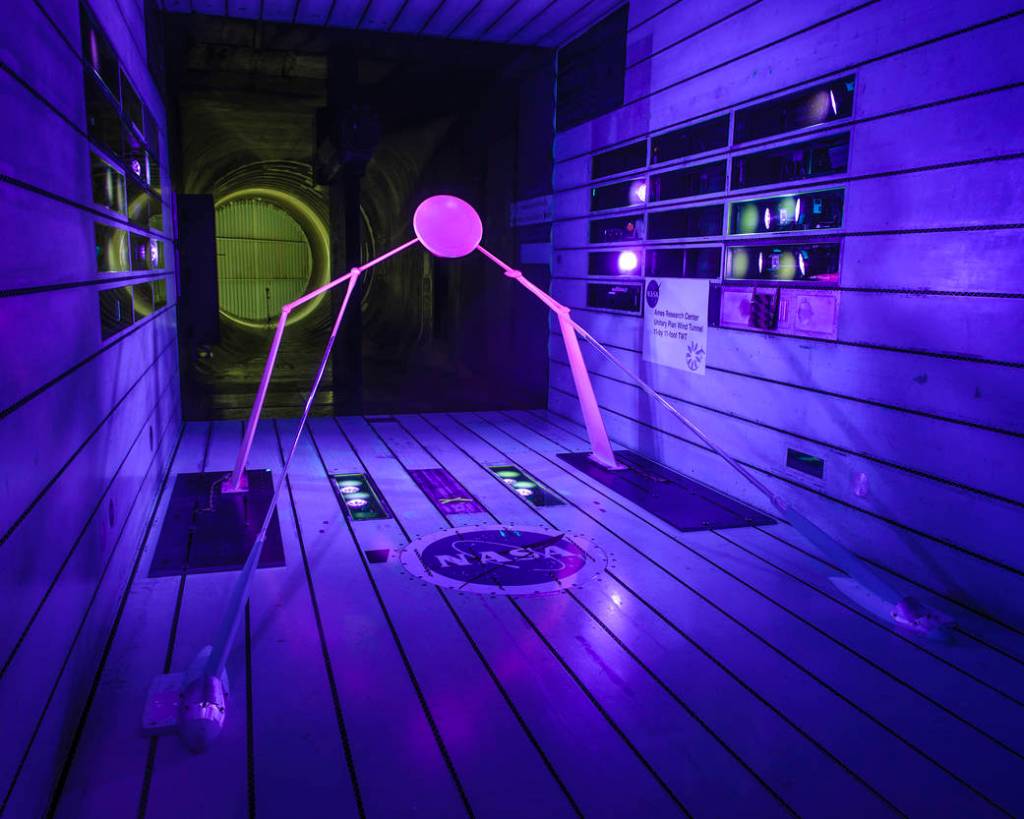
Unitary Plan Wind Tunnel (UPWT)
The Unitary Plan Wind Tunnel complex provides unique environments for testing aircraft and spacecraft models within an 11-by 11-foot Transonic Wind Tunnel (11’x11’ TWT) and a 9-by 7-foot Supersonic Wind Tunnel (9’x7’ SWT) with speeds ranging from Mach 0.2 to Mach 2.5 (about 150 to 1900 miles per hour) and help provide aerodynamic data for NASA's manned spaceflight efforts whose goal it is to create the rockets and spacecraft necessary to take explorers to Earth orbit, the Moon, and eventually, to Mars.
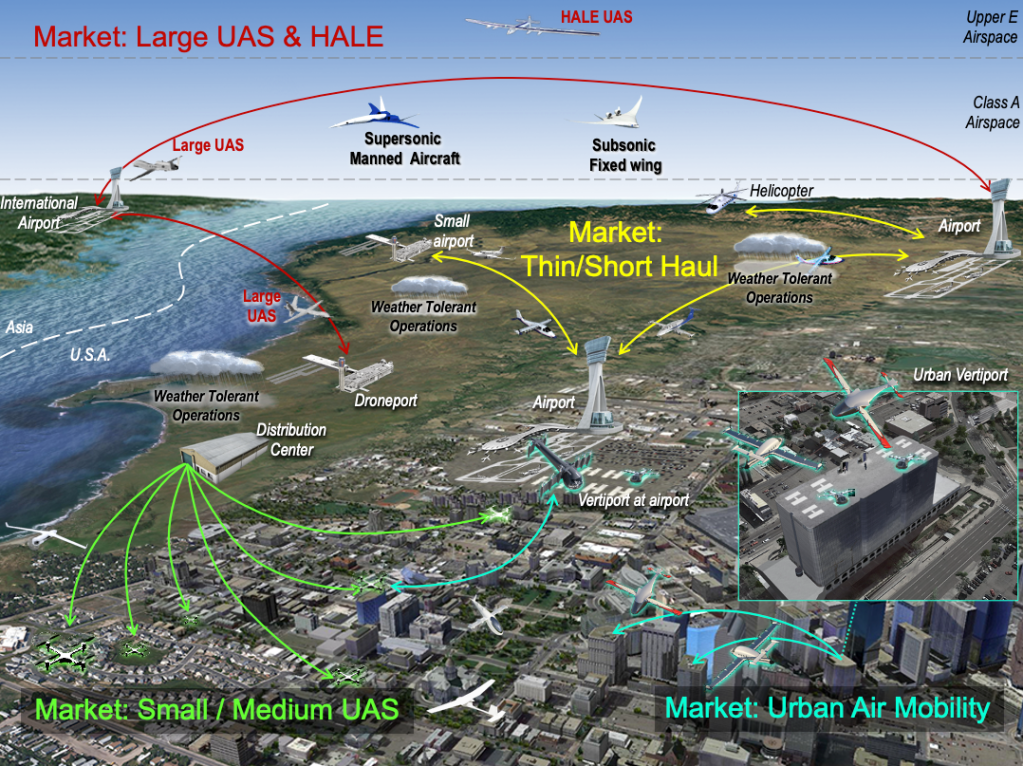
Unmanned Aircraft Systems Traffic Management (UTM) Laboratory
The Unmanned Aircraft Systems Traffic Management (UTM) Laboratory, part of the Airspace Operations Laboratory, enables the coordination of drone flights conducted simultaneously at different field centers across the country. This laboratory is located within the Exploration Technology Directorate and includes managers and staff from the Aeronautics Directorate.

Vertical Motion Simulator (VMS)
The Vertical Motion Simulator creates realistic flight environments for handling and ride quality for Urban Air Mobility vehicles to help define the requirements for Federal Aviation Administration (FAA) certification. The VMS is also used for evaluation of lunar lander designs in support of the Artemis program, which will land American astronauts back on the Moon.

























